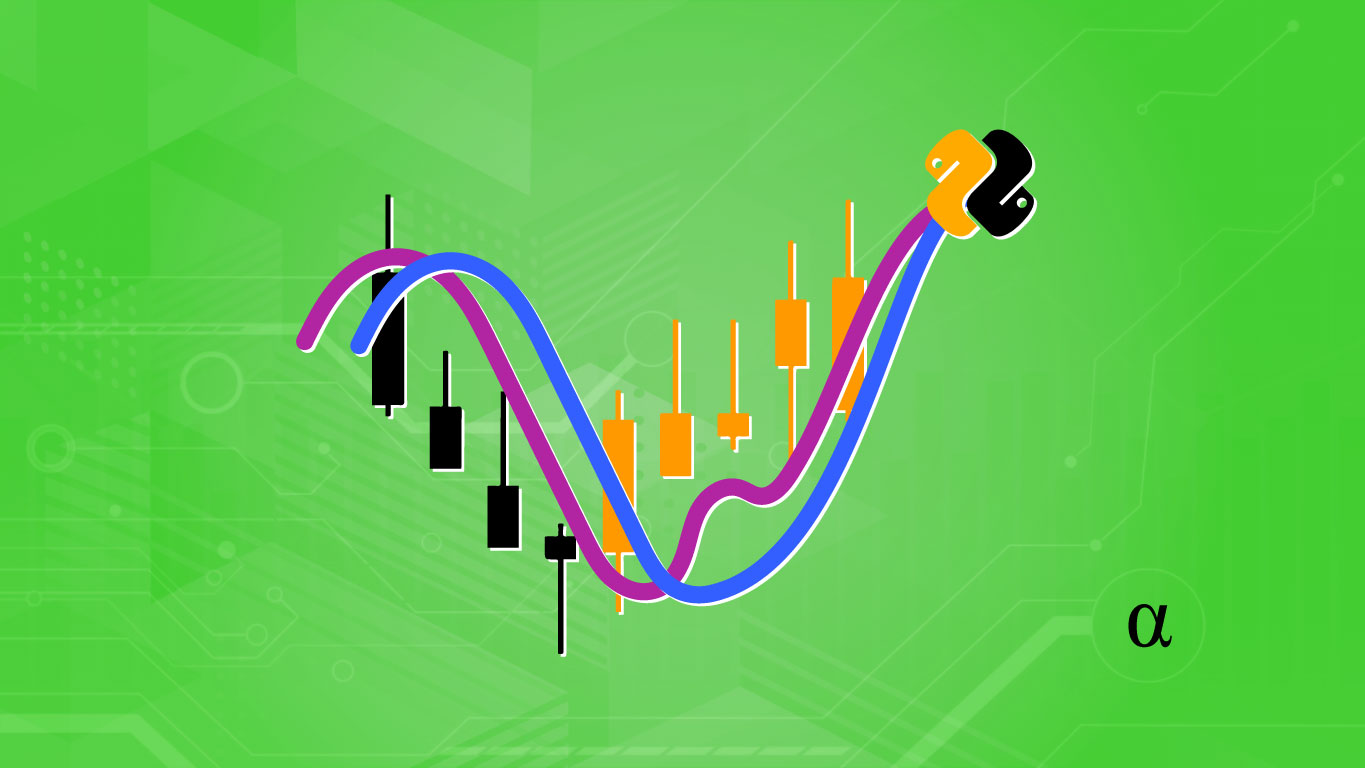Forex Traders use technical analysis to determine price changes and make the most of them by predicting the trend reversals in advance. One of the widely used and well-known indicators is the stochastic oscillator.
What Is a Stochastic Oscillator?
A stochastic oscillator is a famous momentum indicator that dates back to the 1950s. Developed by George Lane, the term stochastic describes a current price's position in relation to its price range across time. It provides measurements that fluctuate (move) between zero and one hundred to indicate the security's momentum. By comparing a security's closing price to its price range, this strategy predicts price turning points. The article on Stochastic Oscillator on LiteForex covers more information about this concept.
How Does a Stochastic Oscillator Work?
The stochastic oscillator is based on the concept of momentum. The pace of acceleration in price movement is known as momentum. The stochastic indicator is based on the premise that the momentum of an instrument's price would often fluctuate before the instrument's price movement truly changes direction. The oscillator's by altering the timeframe or calculating a moving average of the result.
The below equation is used to determine the stochastic indicator:
%K=(H14−L14C−L14)×100
where:
- C = The last closing price
- L14 = The lowest price in the 14 last trading sessions
- H14 = The highest price in the 14 last trading sessions
For example, if the 14-day high is $200, the low is $175, and the current close is $190, the current session reading would be (190-175) / (200- 175) * 100, or 80.
The stochastic readings are percentage measurements of the trading range of a currency over a specific period. (The stochastic oscillator's default setting is 14 time periods - hourly, daily, etc.) For example, this would be 14 weeks on a weekly chart and 14 hours on an hourly chart.
- When the stochastic indicator is high, it signifies the price of the instrument closed towards the top of the 14-period range.
- When the indicator is at a low level, it means the price has closed around the 14-period range's bottom.
- The stochastic indicator's general principle is that in an upward-trending market, prices will close near the high.
- In a downward-trending market, on the other hand, prices will close near the low. When the closing price deviates from the high or low, it indicates that momentum is declining.
Overbought/Oversold
By comparing the current price to the range over time, the stochastic oscillators show how frequently the price closes near its recent high or low. The stochastic oscillator is a bound oscillator, meaning it works on a scale of 0 to 100. A reading of 80 suggests that the asset is on the verge of being overbought, while readings under 20 are considered oversold.
It is recommended to buy when the market is oversold and sell when the market is likely overbought, as a general rule. Traders can use the stochastic indicator to determine trade exit and entry situations in a basic overbought/oversold approach.
However, these are not always forecasts of an impending reversal; particularly strong patterns can linger in overbought or oversold levels for a long time. Traders should instead look for signals in the stochastic oscillator about future trend changes, identifying price reversal points by comparing the closing price to previous price movements.
Divergence
Divergences occur when the stochastic oscillator fails to confirm a new price high or low. When the price makes a lower low, but the stochastic oscillator makes a higher low, this is called a bullish divergence. This indicates a decrease in downside momentum, which could signal a positive reversal.
When the price makes a higher high, but the stochastic oscillator makes a lower high, this is known as a bearish divergence. This indicates a decrease in upside momentum, which could signal a bearish reversal. A break below 50 on the stochastic oscillator, which represents the centerline, confirms a bearish divergence on the price chart. A price chart resistance break or a stochastic oscillator break above 50 might both confirm a bullish divergence.
The number 50 is an important center point since the stochastic oscillates between 0 and 100. Prices are trading in the upper half of their high-low range for the given look-back time if the stochastic oscillator crosses over 50. A cross below 50, on the other hand, indicates that prices are trading at the bottom half of the look-back period.
Conclusion
A stochastic indicator is an excellent tool for detecting overbought and oversold circumstances over time. When the price is moving in a range, many traders prefer the stochastic oscillator because the price is ‘oscillating,' resulting in more trustworthy indications from the stochastic indicator. Professional traders and those studying technical analysis can both benefit from using the stochastic indicator. The stochastic oscillator can assist increase trade precision and find advantageous entry and exit points by combining it with other technical analysis tools.

